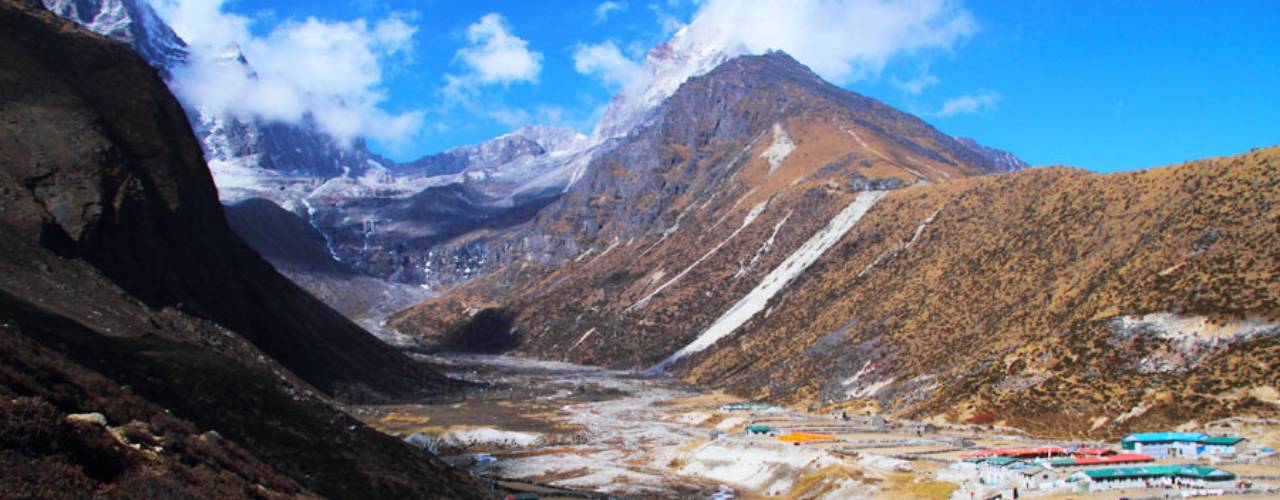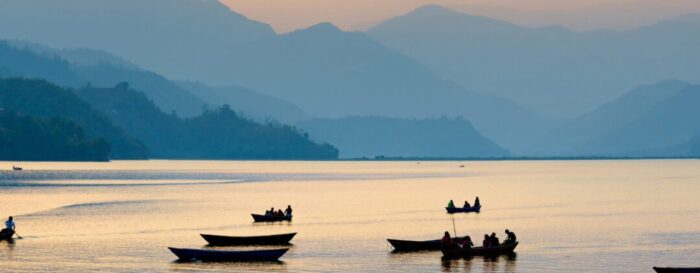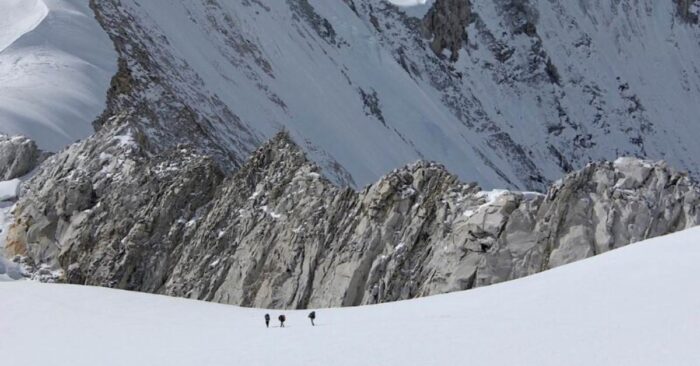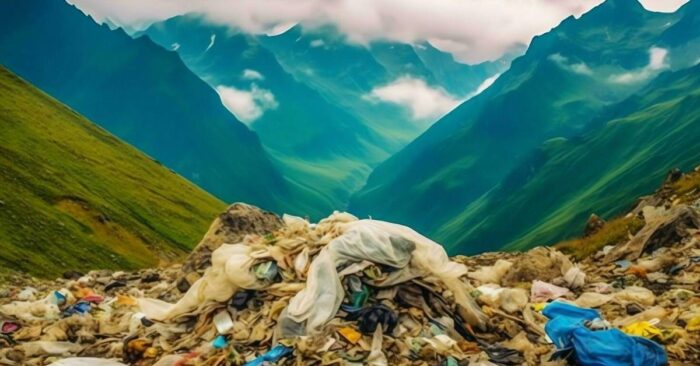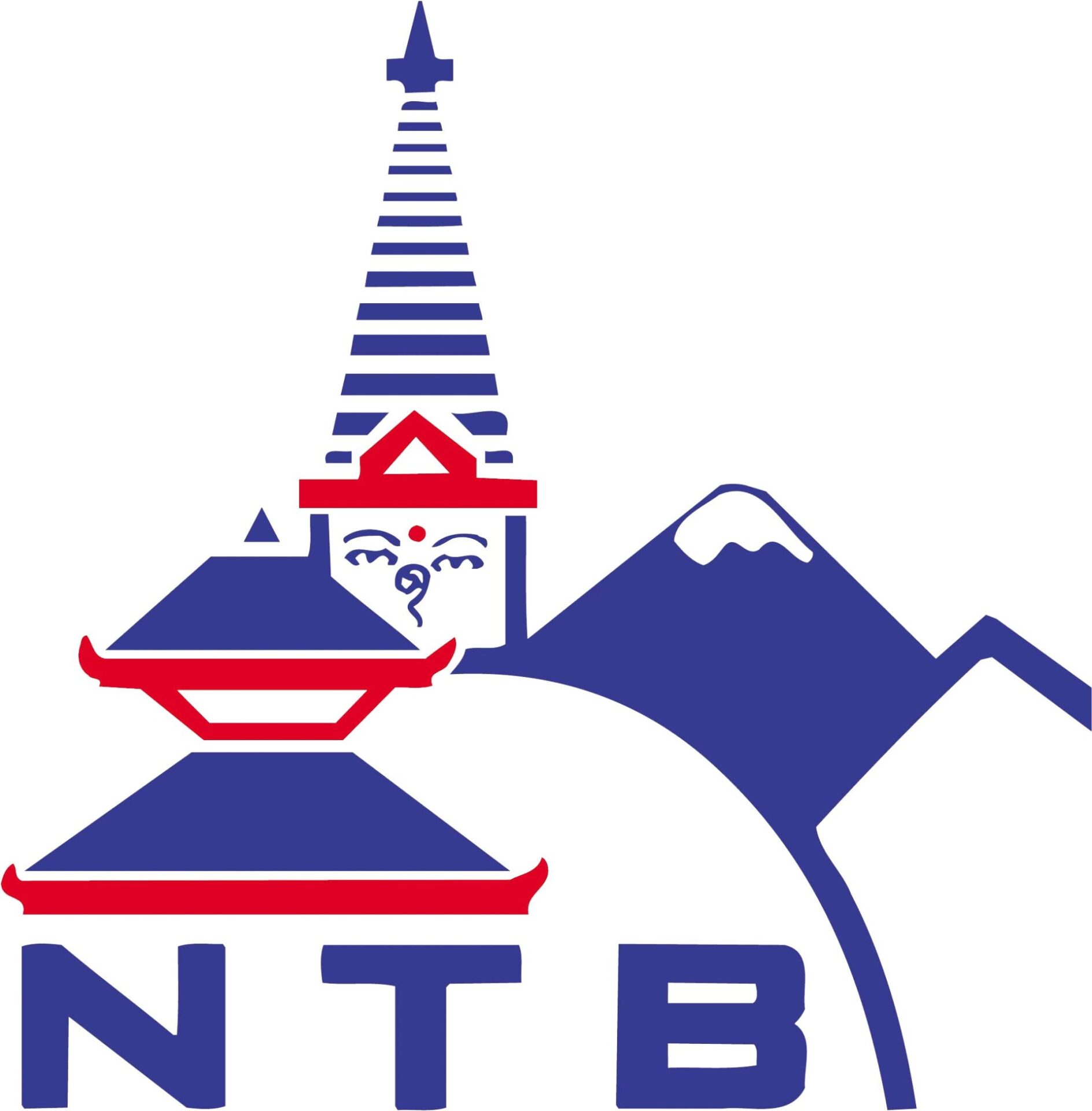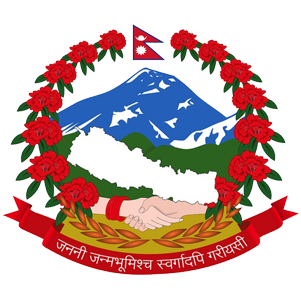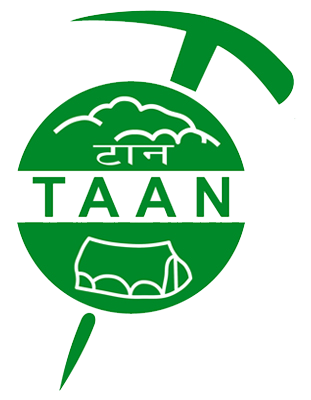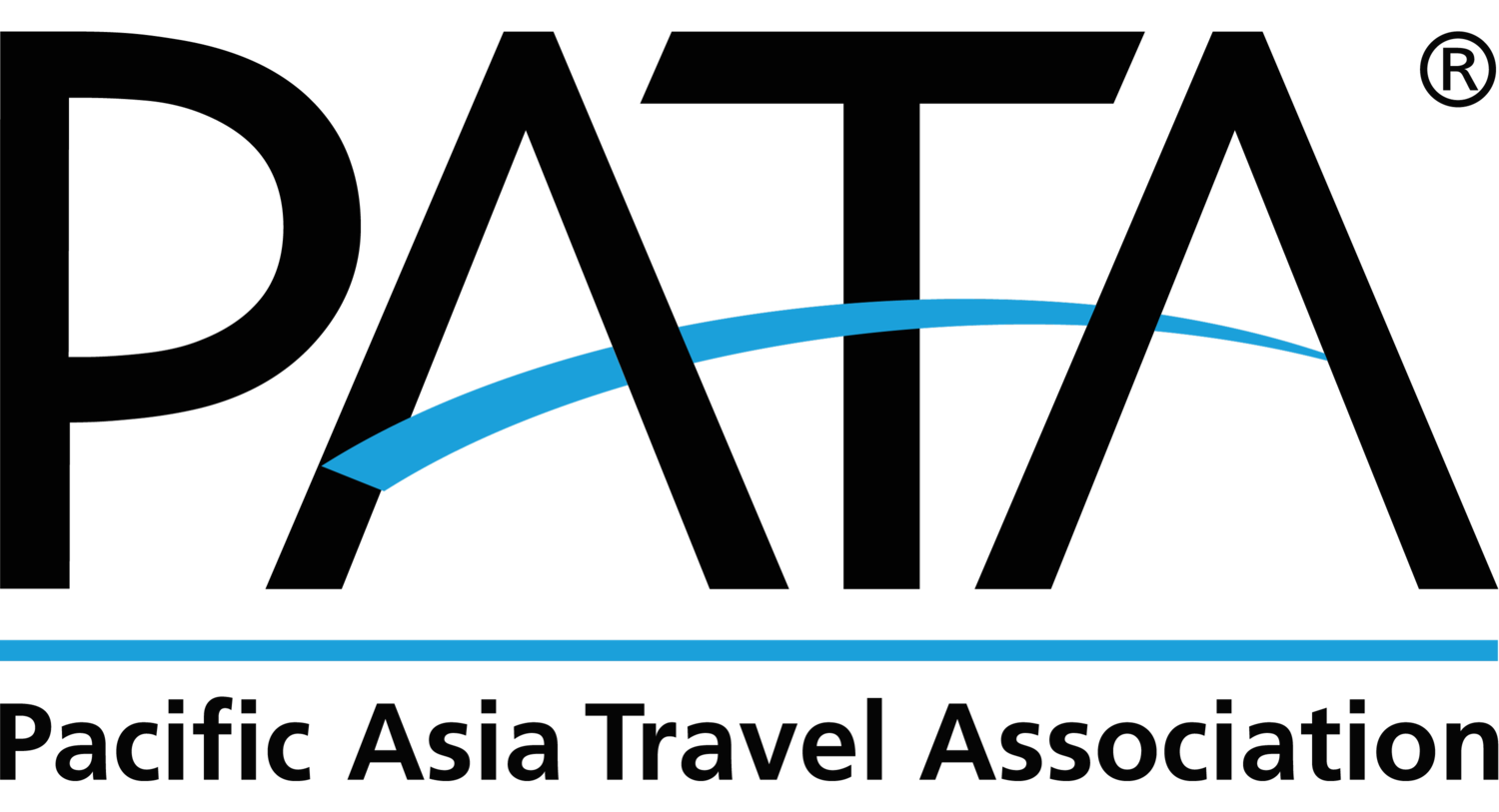Nepal and its famous Everest Region
Nepal, a country renowned as the “Roof of the World”, is the homeland of around 866 named mountains, among which Mt. Everest is the highest one in the world. Nepal is not only famous for the Himalayas; it also has breathtaking landscapes and a vibrant culture and tradition. The country is known for the Himalayas due to the most famous region, which is the Everest Region, which attracts trekkers and adventurers from around the world. The Everest Region in Nepal is a dream destination for trekkers and nature enthusiasts. It’s a unique experience with its high peaks, breathtaking scenery, and the warm hospitality of the Sherpa people. This area provides a lifetime of memories and experiences, whether you’re an adventure seeker or just want to see the incredible beauty of Mount Everest.
A Glimpse of Everest region
The Everest region, also known as the Khumbu region, is a renowned region of Nepal that is recognized for being the home of Mount Everest, the highest peak in the world. Adventurers and explorers are attracted to this area by the stunning mountain views, well-known trekking routes, and the chance to experience the unique Sherpa culture. It is a region of incredible beauty and an everlasting feeling of adventure, making it an excellent option for anyone wanting to take in the majesty of the Himalayas.
Trekking Trails
Everest Base Camp Trek: This is one of the most well-known treks in the world, leading to the base of Mount Everest. There will be suspension bridges, verdant woods, and picturesque Sherpa villages to pass through on the way. At 5,364 meters (17,598 feet) above sea level, you’ll be treated to breathtaking views of the mountains.
Gokyo Lakes Trek: The stunning Gokyo Lakes, a collection of turquoise lakes hidden between the Himalayan peaks, arrive at the end of this journey. Trekking across the Cho La Pass provides breathtaking views of Makalu, Lhotse, and Everest.
Three Passes Trek: The Three Passes Trek is a great option for the ultimate adventure. Kongma La, Cho La, and Renjo La are the three high mountain passes that connect. Although the trek is strenuous, the benefits are tremendous, offering unparalleled sweeping views and a feeling of achievement.
Everest View Trek: The Everest View Trek is an excellent option if you’re limited in time or need time to adjust to the altitude. Without the difficult climb to base camp, this quite easy journey gives you a close-up look at Everest and the majestic beauty of the area.
Culture and Hospitality
The Sherpa people are the backbone of the Everest Region and are renowned for their skill in mountaineering and their warm hospitality. Trekking gives you the chance to see their monasteries, interact with the people, and learn about their unique way of life. A major cultural attraction is the well-known Tengboche Monastery, which holds the colorful Mani Rimdu Festival every autumn.
Challenges and preparation
There are unique difficulties related to trekking in the Everest Region, including weather changes, altitude sickness, and difficult terrain. It’s essential to be both mentally and physically ready. Before going to higher altitudes, it’s best to spend a few days getting used to the altitude. Acclimatization is essential. It’s necessary to bring the appropriate equipment, such as warm clothes, hiking boots, and a high-quality bag.
The best time to visit
The spring (March to May) and autumn (September to November) seasons are the most significant to travel to the Everest region because of the most stable weather and the most stunning attractions. The trails are covered with colored prayer flags or blooming rhododendrons during these months, when the skies are typically clear.
Permits
A permit is a required document that may only be obtained from the Nepali government or another authorized organization. You must have the necessary permits, such as:
- Trekkers’ Information Management System (TIMS) Card: For most trekking destinations in Nepal, including the Everest region, a TIMS card is usually necessary. TIMS cards come in two varieties: blue (for independent trekkers) and green (for organized trekkers). For their protection, the card helps in the tracking of trekkers by the authorities.
- Sagarmatha National Park Permit: The Everest Base Camp treks are located in Sagarmatha National Park, which requires a separate entry permit. You can get this permission in Kathmandu or at the Monjo Park entrance.
- Khumbu Rural Municipality Permit: The Khumbu Rural Municipality local government requires that visitors obtain another entry permission in addition to their Sagarmatha National Park permit. Normally, Lukla or Monjo are the places where this permit is obtained.

